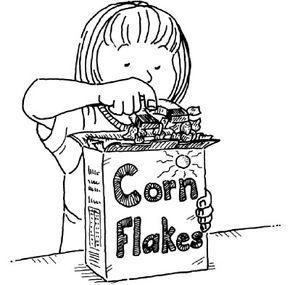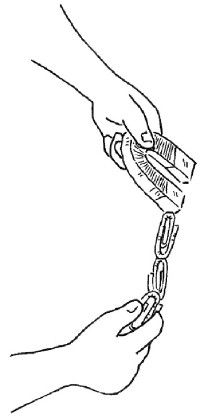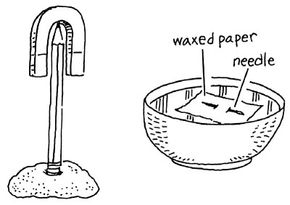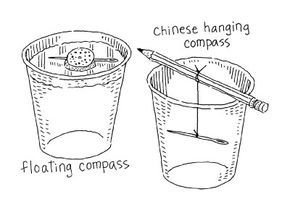Don't be surprised if you find yourself attracted to these science projects for kids on magnets and metal. What is more mysterious and somewhat magical than the pull of a magnet or the gentle turn of a compass as it rights itself north and south? Try these projects with your kids, and you can share the magic -- and all learn a little more about how magnetism works.
Follow the links below for magnetizing science projects you can do with kids:
Advertisement
Discover how paper clips can click as a chain.
Find out if the iron in your breakfast cereal is magnetic.
Make this compass, and you'll know which direction you're going.
Learn to make a floating compass or a Chinese hanging compass.
Read the next page to learn how paper clips can be attracted to each other.
For more fun science projects for kids, check out:
Advertisement



